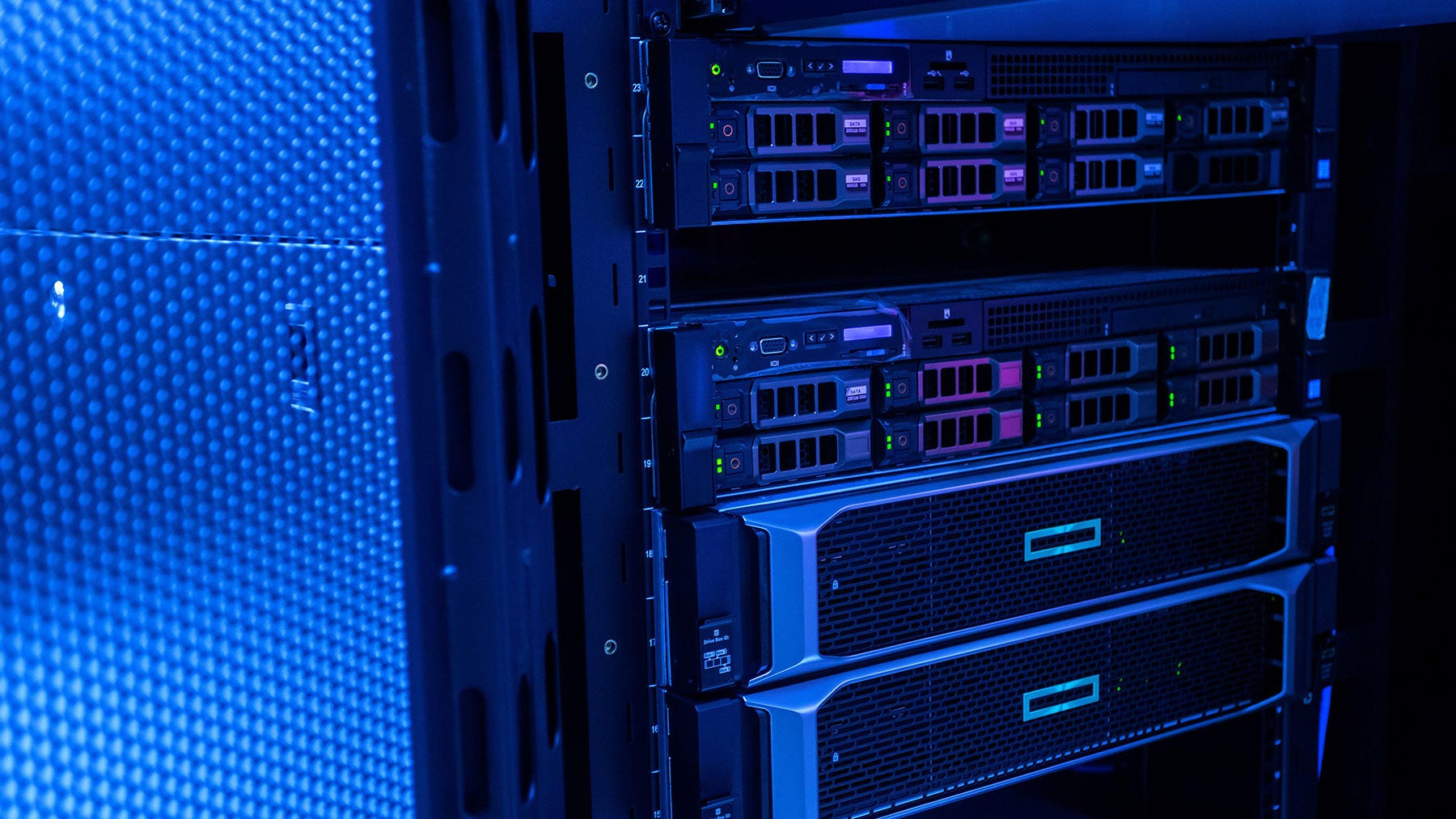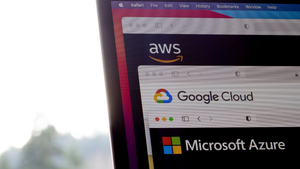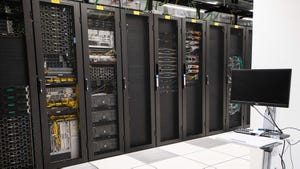Are Public Clouds More Sustainable Than Private Data Centers?Are Public Clouds More Sustainable Than Private Data Centers?
While public cloud data centers are often viewed as more sustainable than private ones, exceptions do exist. Read on to understand these nuances and learn how to tailor your approach for optimal sustainability.

When it comes to improving the sustainability of your data center, some might suggest that closing it down and migrating to the public cloud would lead to better outcomes in areas like clean energy sourcing and water usage efficiency.
However, while there is truth to the statement that hyperscale data centers in the public cloud are generally more sustainable than private data centers, there are exceptions. Recognizing those exceptions is critical for achieving the best overall data center sustainability strategy.
Read on to explore how to navigate these nuances and implement a tailored approach for your data center’s sustainability goals.
Why Public Cloud Data Centers Are (Usually) More Sustainable
Overall, public cloud data centers are 4.7 times more carbon-efficient than private enterprise data centers, according to research from IDC and Amazon Web Services. Given its position as one of the world’s biggest cloud services providers, AWS is not exactly an objective observer, but there’s no reason to doubt the authenticity of this data*.
This is not exactly a surprising finding. Data centers in the public cloud – meaning ones operated by cloud providers like AWS, Microsoft Azure, and Google Cloud Platform – have several advantages to offer when it comes to sustainability. This includes:
Economies of scale
Perhaps the most obvious sustainability benefit to public cloud data centers is the fact that they tend to be quite large. This allows them to benefit from economies of scale for sustainability purposes.
The exact size of data centers – including those in the public cloud as well as private facilities – varies widely, of course. But on the whole, hyperscale data centers are big, usually on the order of at least 100,000 sq.ft, and sometimes more than twice that. In contrast, many private enterprise data centers come in well below 100,000 sq.ft in size.
Packing more square feet into a single data center translates to sustainability because the more workloads you have sharing common power and water sources, the more efficiently they tend to consume them.
In addition, the sustainability impact of data center construction relative to workload capacity is more favorable in the case of larger facilities. The net harm to the environment caused by two 50,000 sq.ft facilities located in separate places is likely to be higher than the impact of one 100,000 sq.ft data center.
Shared infrastructure
Public cloud data centers allow businesses to share infrastructure by renting compute, memory, and storage resources. This is more sustainable in the sense that a lower total number of services are necessary because server capacity can be reused by one business after another business is done with it.
In contrast, most enterprise data centers host hardware used by just one company. If the company doesn’t use all its servers all the time, those that sit idle are effectively a wasted cost, in terms of carbon efficiency.
Renewable energy sourcing
Private and public cloud data centers can both take advantage of renewable energy sourcing. However, very large companies tend to have more buying power when it comes to locating data centers in places where wind, solar and other renewables are readily available, and in acquiring that energy at a reasonable cost.
This isn’t to say that all public cloud data centers offer renewable energy – they certainly don't – but on the whole, they have an advantage in this area.

While public cloud providers are often said to be more sustainable, there are some sustainability advantages to private data centers
When a Private Data Center is More Sustainable
The caveat to the above, there are factors that can make certain private data centers more sustainable, such as:
The ability to repurpose an existing building to serve as a data center, which dramatically reduces the carbon cost of construction. In theory, hyperscalers could repurpose buildings just as well as private enterprises, but the smaller capacity requirements of the latter group make this a more common practice for enterprises.
The leveraging of edge data centers in locations where clean energy or water are especially abundant. Edge data centers typically only come into play in the context of private data center networks.
The deployment of IaaS inside private data centers, which allows private data center customers to gain the same sustainability benefits from shared infrastructure that are available in the public cloud.
The greater control that private data centers offer over configuration and hardware When carefully managed, this control could translate to better sustainability.
Pathways to Sustainability: Public Cloud vs. Private Data Centers
For most businesses, the easiest way to improve data center sustainability is to locate workloads in a public cloud facility.
But before doing so, it’s important to consider whether your company can take advantage of some of the unique sustainability capabilities of private data centers – like the reuse of existing buildings or the deployment of infrastructure in sustainable edge locations.
*Disclosure: I'm a part-time analyst for IDC, but I was not involved in the report cited.
About the Author
You May Also Like









